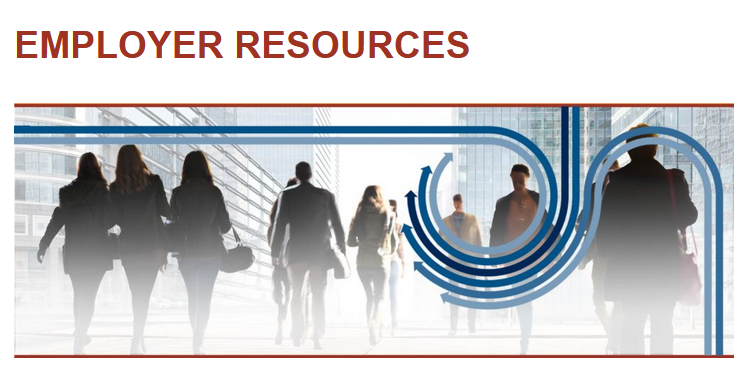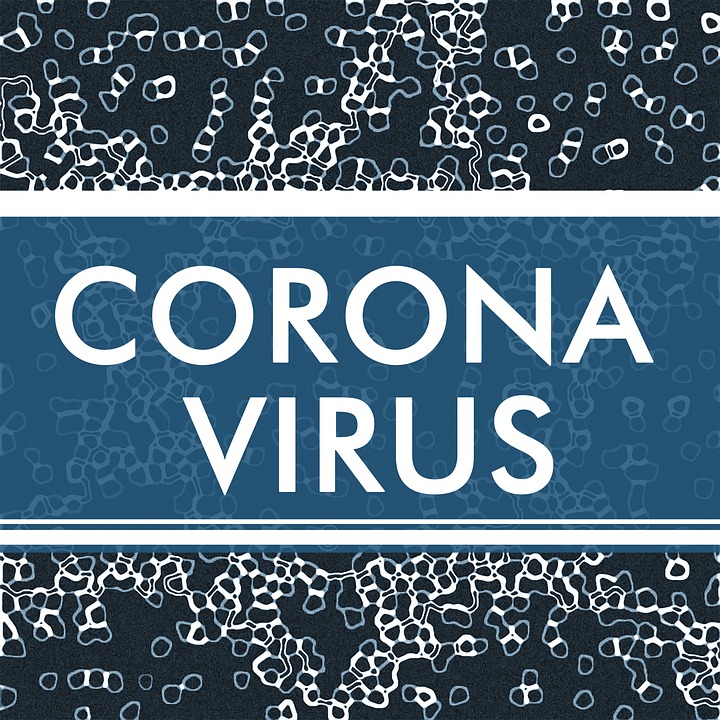Managing the many aspects of the HR function can be challenging, especially if you are also trying to run the business or are new to HR operations. In small and medium sized companies, the “HR person,” whether it’s the business owner or someone dedicated to that role, is often flying solo with no one to consult about an HR issue or the details of a new compliance requirement. Trying to find answers via an online HR database can be frustrating and time consuming.
Now, as we look at returning to work following the COVID-19 shelter-in-place mandate, business owners are faced with a new set of challenges:
- How do we safely reopen?
- What if someone does not want to come back to work?
- What protective equipment do we need?
- What are the new working guidelines?
- How do I even get started?
Connect to HR’s Just in Time 3-Hour HR Advisory Service has the answers. With this service you can access up to 3 hours of “live” HR consulting support from a trusted, senior-level HR consultant by phone, email or in person. Our service is specifically designed for small to medium sized companies:
- Owners/CEOs/Nonprofit Leaders
- Those running the HR function
- People new to HR operations
Whether you need a sounding board to discuss approaches to an employee relations issue, want tips on how to create a workforce plan, or have questions about implementing a social distancing protocol in the office, Connect to HR’s Just in Time 3-Hour HR Advisory Service is here to help.
You do not have to do it alone!
Contact us today for a FREE 30-minute consultation to see how our Just in Time 3-Hour HR Advisory Service can benefit you.
https://calendly.com/michellemendoza-connecttohr/30-minute-consultation
You can reach me directly at michelle@connecttohr.com, and find out more about our services at www.connecttohr.com. Click here to learn more about our Just in Time 3-Hour HR Advisory Service.














